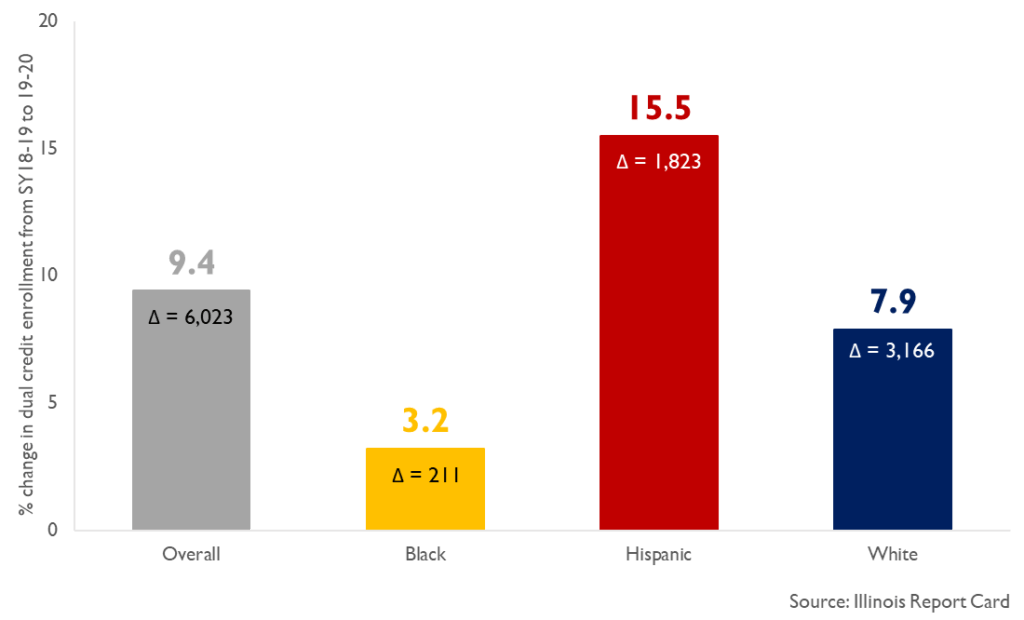New Reports Highlight Opportunities to Enhance Policy for Equity & Quality
A vital strategy to bridging secondary and postsecondary education, dual credit coursework can speed a student’s time to earning a valuable postsecondary degree or credential. Recognizing this value, Illinois has been on a long journey to becoming a leader in dual credit by removing barriers to scaling up quality course offerings and ensuring the quality and relevance of dual credit courses.
In support of Dual Credit Quality Act implementation, EdSystems spearheaded the development of the landmark Model Partnership Agreement (MPA), which was adopted in 2019 by the Illinois State Board of Education and the Illinois Community College Board. The MPA provides a thoughtfully crafted baseline to guide local partnerships between school districts and community colleges so they can implement dual credit in a way that ensures rigor, relevance, and equity. Communities across Illinois have utilized the MPA framework and resources to scale their offerings locally. For example, Elgin Community College has designated a faculty liaison role as outlined in the MPA to manage their partnership agreements and established a documented process for course acceptance as outlined in the exhibits. Other communities, such as the Northwest Education Council for Student Success, have used the MPA as a model to revise their cost and fee structures, and create more formalized processes that consider the additional items outlined in the MPA exhibits to strengthen their existing dual credit partnership.
As a result of a broad effort across Illinois to scale dual credit opportunities, participation has risen (to read more, check out our post on the newest data from the Illinois School Report Card).

Although we have made significant progress in recent years, these data show room for growth in both scale and reaching historically underserved populations. Two recent reports have celebrated the strength of the MPA framework and highlighted policy recommendations to deepen Illinois’ work: Stand for Children’s Expanding Equity in Dual Credit Report and ILACEP’s Illinois Dual Credit Report. To further expand access and address equity concerns, these reports make three key recommendations:
- Leverage the Model Partnership Agreement by investing in outreach and training for Illinois dual credit partnerships that provide technical assistance to school districts and community colleges to address gaps or needs in existing agreements. In particular, how the MPA can support the course documentation process, address teacher qualifications, and provide guidance on the costs and fee structures.
- Embed dual credit opportunities in course sequences and CTE pathways to support students in earning a College and Career Pathway Endorsement and encourage school districts to automatically place students into the next advanced course.
- Invest in high school teachers through professional development plans and financial incentives that support them to earn the master-level credits needed to meet HLC credential requirements and teach dual credit courses at the high school.
At EdSystems, we echo these recommendations from Stand and ILACEP and continue working through our broader College and Career Pathway Endorsements effort, particularly the Perkins Model Programs of Study, to ensure rigorous dual credit is embedded strategically to maximize its value for students.





